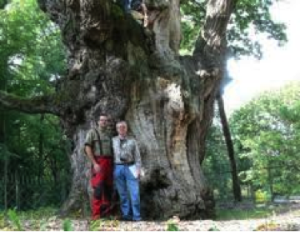 Trees are an essential part of our ecosystem and for most people are also things of beauty. As a part of their natural life cycle they shed branches and ultimately fall down. Very rarely, this may result in harm to property or individuals. These uncommon events tend to receive a lot of publicity, possibly because of their rarity. On behalf of the National Tree Safety Group, John Watt and I reviewed the evidence on tree fall and injuries in the UK over the last decade in order to quantify the actual risk. The full paper can be found in the Journal of Risk Research (2013: 16(1-2): 261-269).
Trees are an essential part of our ecosystem and for most people are also things of beauty. As a part of their natural life cycle they shed branches and ultimately fall down. Very rarely, this may result in harm to property or individuals. These uncommon events tend to receive a lot of publicity, possibly because of their rarity. On behalf of the National Tree Safety Group, John Watt and I reviewed the evidence on tree fall and injuries in the UK over the last decade in order to quantify the actual risk. The full paper can be found in the Journal of Risk Research (2013: 16(1-2): 261-269).
In terms of fatalities, the statistics point to around 5.4 cases per annum. Given the UK population during the study period (1998-2008) averaged 60 million, this indicates an annual individual risk of below 1 in 10 million. To put this in perspective, the lead regulator (HSE) has said that risks even as low as one in a million per year are extremely small when compared with the background risks of everyday life, and that most people are prepared to accept risks of this magnitude from all manner of hazards in exchange for the associated benefits.
Given the billion or so trees in Britain, the likelihood that the present fatality rate could be reduced below the current level is exceedingly low even were some draconian measures introduced (like cataloguing every tree and assessing it every year and after every storm). So we do not believe that any changes to the status quo are warranted. However, it is clear that different views exist. Some think that trees should be tightly managed and e.g. removed as soon as any disease is found. Others see trees as having a natural lifespan which includes some decay which in itself may be a legitimate part of the ecosystem.
